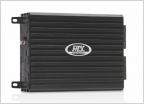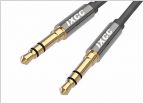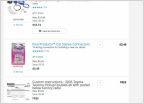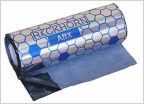-
Welcome to Tacoma World!
You are currently viewing as a guest! To get full-access, you need to register for a FREE account.
As a registered member, you’ll be able to:- Participate in all Tacoma discussion topics
- Communicate privately with other Tacoma owners from around the world
- Post your own photos in our Members Gallery
- Access all special features of the site
Noisy Tweeter after JBL amp replacement
Discussion in 'Audio & Video' started by tacoytaco, Jul 13, 2024.


 Shallow mount subwoofer
Shallow mount subwoofer Compatibility with Box, Subs and Amp
Compatibility with Box, Subs and Amp How to use the AUX port on 2nd Gen Tacoma
How to use the AUX port on 2nd Gen Tacoma Installation recommendations
Installation recommendations Speakers for 1st gen DC
Speakers for 1st gen DC System help
System help








